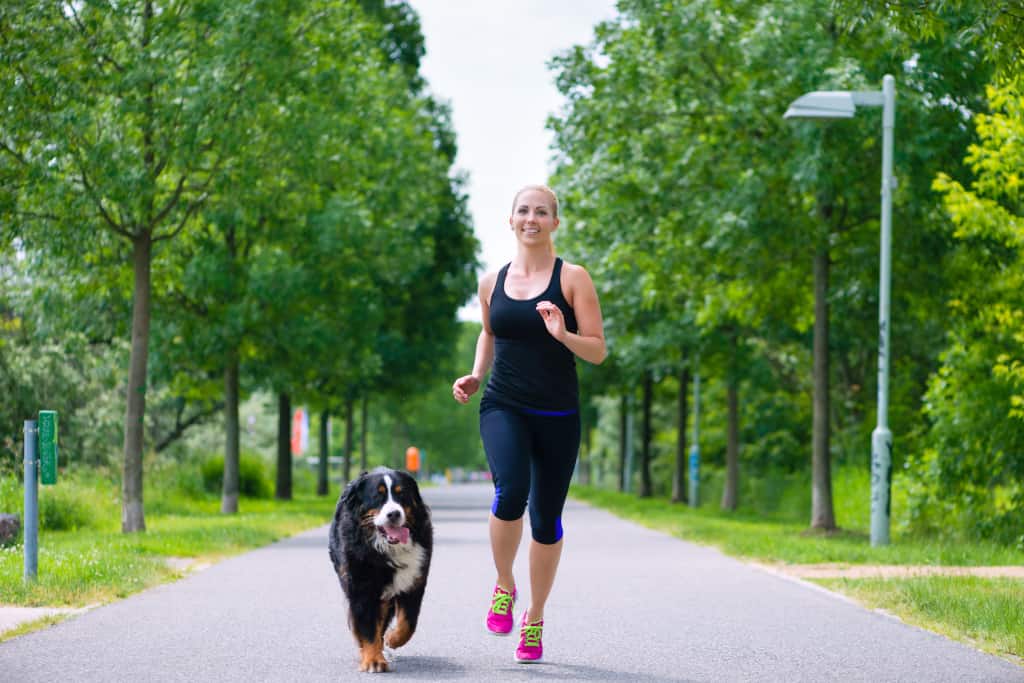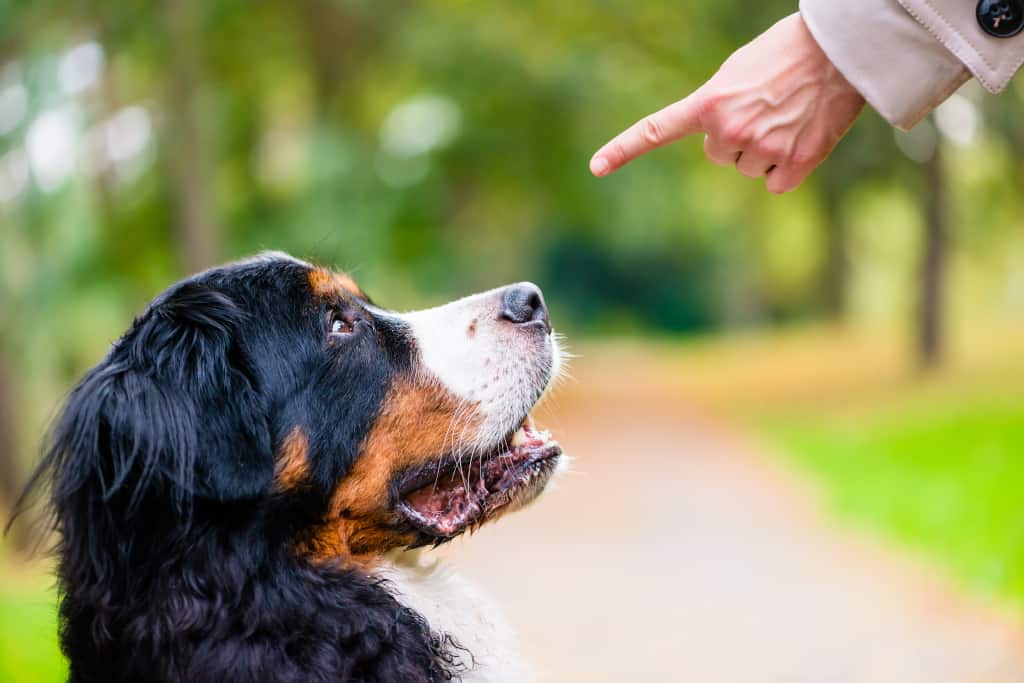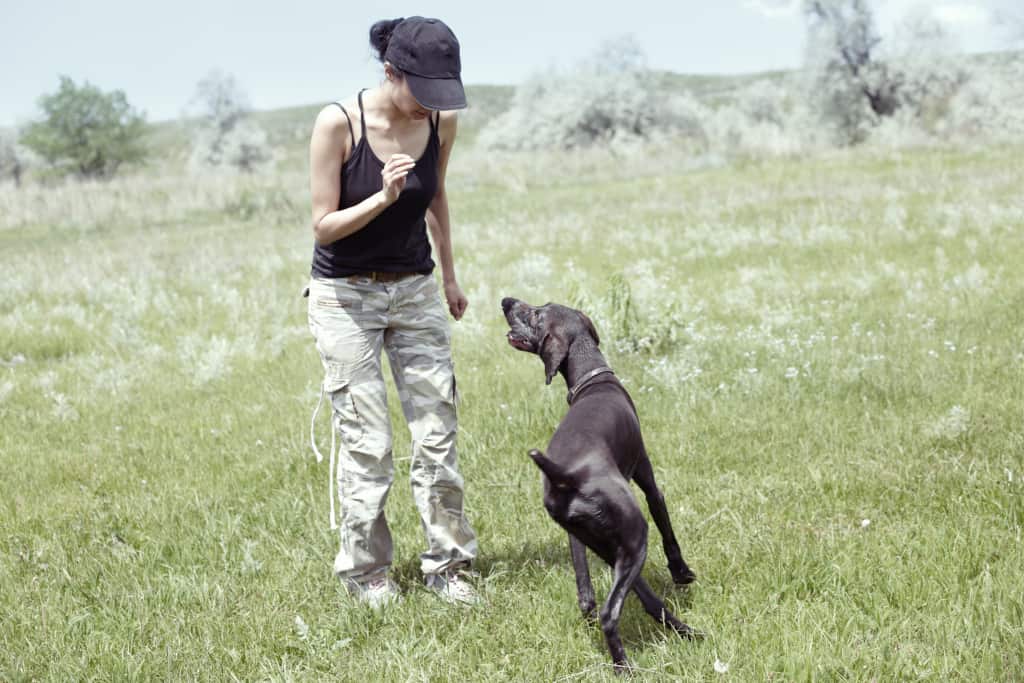
Many people enjoy running with their dogs as it has a tremendous amount of benefits, but not everyone is a fan of using a leash. In fact, many runners prefer to let their dogs jog without any restraint, and as you might expect, there are some risks involved.
However, it is possible to let your dog run alongside you without a leash safely! This article will show you what needs to be done.
The Risks of Letting Your Dog Off-Leash While Running
Before we get into the details, it’s crucial we first talk about the risks of letting your dog off-leash.
Many people prefer not to retrain their dogs while out for a jog because that enables their pups to sniff around freely, plus dogs deserve to have off-leash time too! But this isn’t safe if the dog is not appropriately trained or does not have the mental wherewithal to control themselves.
An off-leash dog who does not have appropriate training or conditioning will potentially chase after any moving thing in sight that could put themselves in jeopardy or harm others, plus they could get lost! The good thing is you can significantly minimize the risks if you are willing to put in the work.
Off-Leash Training Tips

Having a solid foundation of obedience is the key to ensuring your dog can run with you without a leash safely. And the basics your pup needs to know are:
- Loose-leash walking
- Heel
- Recall
- Leave it
- Drop it
- Watch me
- Stay
1. Loose-Leash Walking
Loose-leash walking is one of the most crucial skills to teach your dog before you can trust them off-leash. The purpose is to teach them how to walk nicely and keep them attentive, focused, and under control, so you can ensure they stay close by while running.
2. Heel
The heel command is the quintessential running companion command, and that is to get your canine to run next to you instead of forging ahead or lagging behind, which can happen. They’re also less likely to get distracted when they have learned to always stick around you and keep a keen eye on you as an authority figure who’s leading them.
3. Recall
The recall is another vital command your four-legged friend needs to learn because that makes sure they will come back to you when asked, even when there are exciting smells, sights, or sounds present. Without a reliable recall, you should never let your pup off the leash!
4. Leave it
The “Leave it” command is for asking your dog to leave alone items that are tempting yet not good for them. Teaching your furkid the “Leave it” command can prevent them from getting sick or injured by handling something they shouldn’t, which is crucial if running on trails and other areas where there may be things or plants that can harm your pup if ingested.
5. Drop it
Teaching your dog to drop anything they’re holding in their mouth when you ask them to is undoubtedly vital as well. The difference between “Drop it” and “Leave it” is that the former is for getting your dog to drop anything they already have picked up. The latter is for anything your dog finds and has yet to put into their mouth. The ultimate goal of these two commands is to ensure that no matter how exciting something may seem or what your dog finds during a jog, they will let it go when told.
6. Watch Me
The “Watch me” command is a great attention-getter (and it can be used as such) that you should teach your pooch. That will help you guide your pup throughout your runs, and you’ll be able to get their attention when needed.
7. Stay
Teaching the stay command gives you more control over your furry friend while out on the run, ensuring they will remain in one spot even if there are distractions around them. This is particularly important during long sessions where distraction may become an issue.
Reinforce Off-Leash Training for Running

Now you see how important a strong foundation of obedience is to off-leash running. In fact, it is not safe to let your pup run alongside you without a leash until they have learned the above-mentioned basic commands.
While you should try to improve all your dog’s basics before letting them run off-leash, recall is perhaps the most crucial skill your pup needs to master. The reason is that a reliable recall can save your dog’s life by ensuring they always come back to you when called.
You can practice your dog’s recall during playtime, before you start playing a game together, or when taking them for walks. And below are a few ways that can help you make recalling your canine friend more reliable.
1. Dog in the Middle
An easy way to improve your dog’s recall is to have them in between you and another person. You can either ask a friend or a family member to stand 10-15 feet away from you, then each of you takes turns calling your pup and reward them when they run towards the person who’s calling them.
2. Hide-and-Seek
Another game that can make your dog’s recall more reliable is to play hide-and-seek. You can be the one hiding, or you can have somebody else do it. Have your dog in a sit position, find a place to hide, then call their name, and if they manage to locate you, give them praises and treats!
3. Add in Distractions
The secret of mastering your dog’s recall is to include distractions in your training sessions. For instance, ask your canine friend to come to you outside the house where there’s a good scent or sight present, like other dogs running around. But remember not to overwhelm them with too many distractions at once. Instead, start with adding in minor distractions first, then gradually increase the intensity, and be patient with them while they learn the skills of coming back to you.
4. Practice Again… and Again… and Again!
The most important thing about all of this? Practice! As the old saying goes, practice makes perfect! So, just like any other command that you want your dog to perform competently, you need to keep practicing. In fact, it should become an almost daily routine since it’s crucial for your dog’s safety. Remember that if your pooch doesn’t come back to you every single time when called, it can result in them getting lost or in injury and potentially death.
Conclusion
Like most things in life, the key to training your dog to run off-leash is consistency. Also, dogs are like humans. They learn best through repetition. And don’t expect too much from your dog on the first day, as they will need time to adjust and learn. You have to be patient, and as long as you continue practicing with them daily, you should see improvement over time.
If you’re having a difficult time training your pup, consider hiring a professional dog trainer. Look for the one who practices positive reinforcement training methods, as this will help your dog learn more quickly and effectively. Plus, as a responsible dog owner, you should never allow punishment or force-based methods to be used to train your dog.
One last thing before we wrap up, make sure you always bring a leash because regardless of how well your canine companion can run or walk off-leash, it’s still safer to play it safe. Besides, there are always leash laws in some areas or parks that restrict dog owners from letting their pooches roam free.

